Comparing Ergonomics: Dental Microscope vs Loupes
The two most popular magnification technologies today are dental loupes and microscopes. In this article, we’ll compare and contrast these devices on their contributions to long-term ergonomics.
DENTAL MICROSCOPE LEARNING HUB
Posts by:

Todd Lester currently serves as the Vice President of Sales for Global Surgical. He’s been helping dental practices for over 25 years, connecting them with the technology and equipment that drives their practice. Since starting with Global, Todd has helped doctors get started, add value, and expand their practice with dental microscopes.
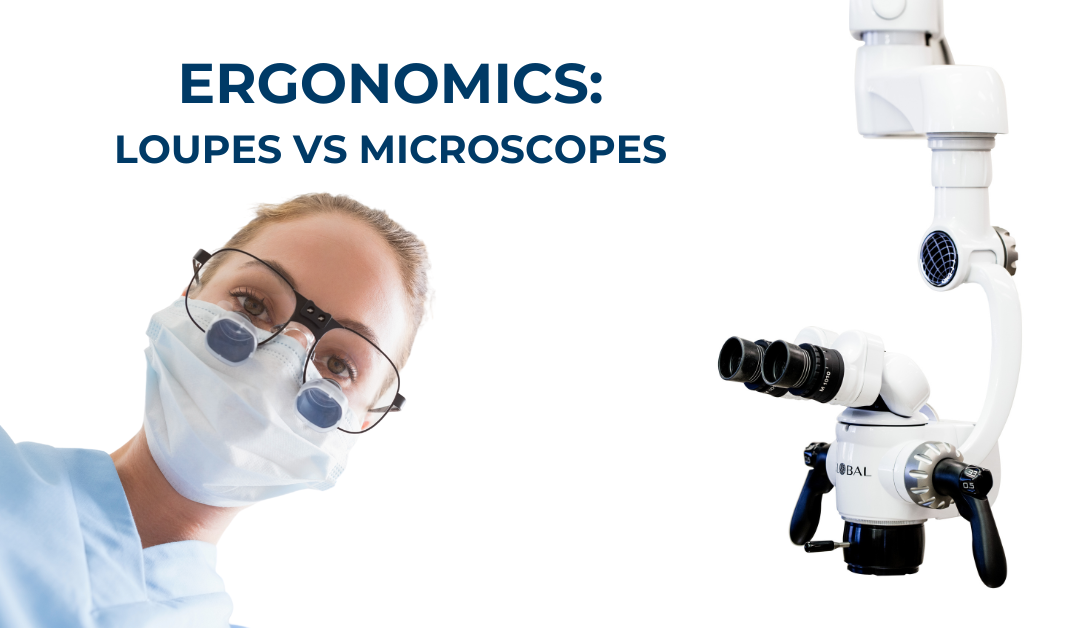
The two most popular magnification technologies today are dental loupes and microscopes. In this article, we’ll compare and contrast these devices on their contributions to long-term ergonomics.
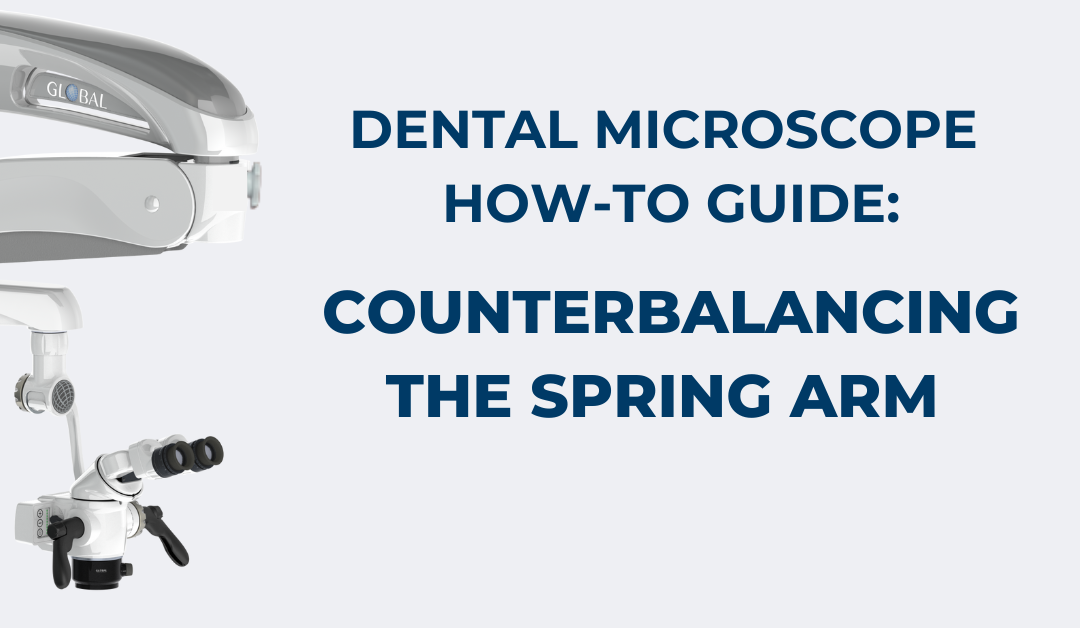
For over 25 years, we’ve worked closely with doctors to help them maximize the value they see from a dental microscope, including giving customers the best possible experience with high-quality products as well as service. And, as part of our commitment, we’ve collected considerable feedback to help us maintain a high standard of excellence. You’ll see this today with both our product and accessory designs, as well as the training, manuals and articles we produce to help new customers get up and running on their scope as efficiently as possible.
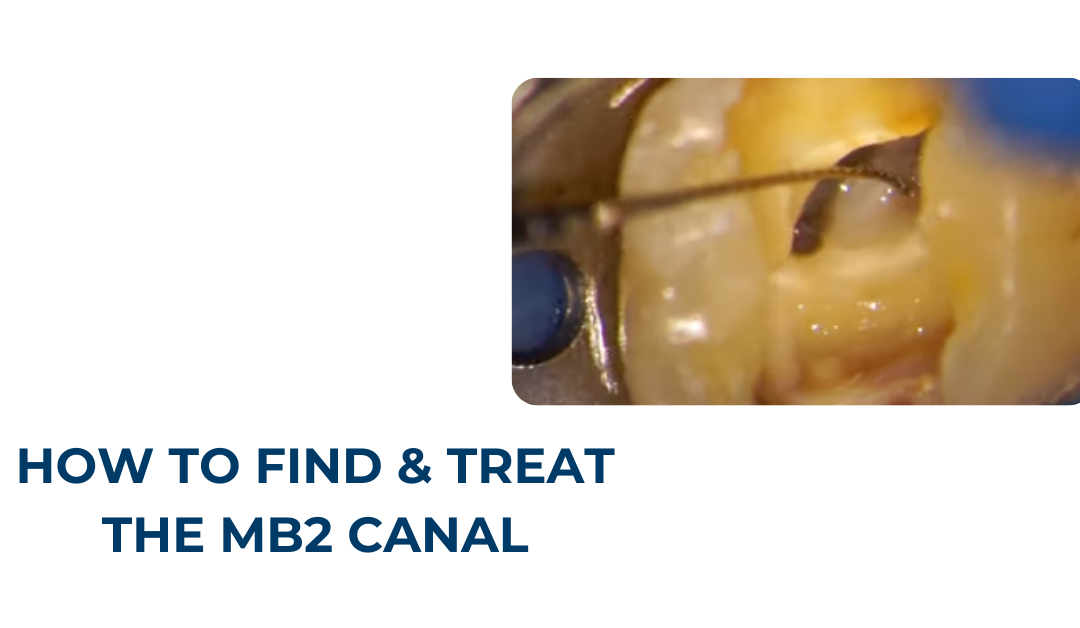
Endodontists are often faced with complex root canal systems that require a thorough understanding of the anatomy and the use of advanced techniques and tools to...
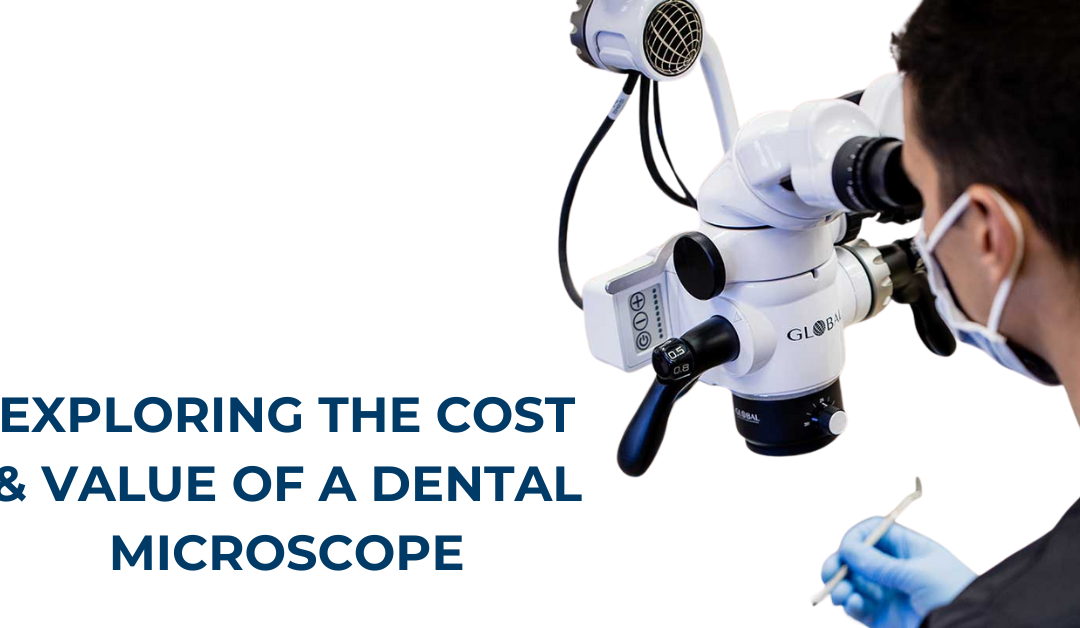
The use of a dental microscope is becoming increasingly common in dentistry, particularly in the field of endodontics. A dental microscope can provide endodontists and dentists with improved visualization and diagnostic capabilities, leading to more accurate diagnoses and better treatment outcomes. However, one of the main concerns for dental professionals considering a dental microscope is the cost. In this article, we will discuss the factors that influence the cost of a dental microscope and whether the investment is worthwhile.
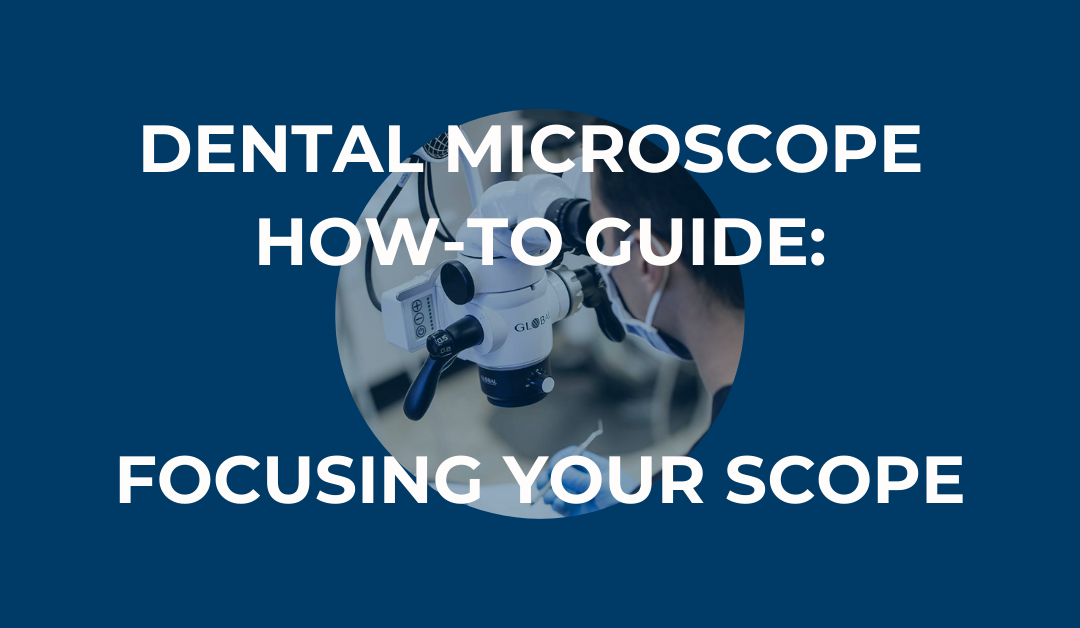
In the mid-1990’s, the incorporation of dental microscopes into treatment began to increase as clinicians took notice of higher magnification levels and greater illumination that are not possible with dental loupes. Around this time, the AAE (American Association of Endodontists) began strongly advocating for the use of a microscope in dental practices as well as during doctoral study. Our founders – with a long and distinguished history of serving the Otolaryngology market – built on our manufacturing strengths in medical equipment and became the first company to focus on the newly emerging dental microscopy market.
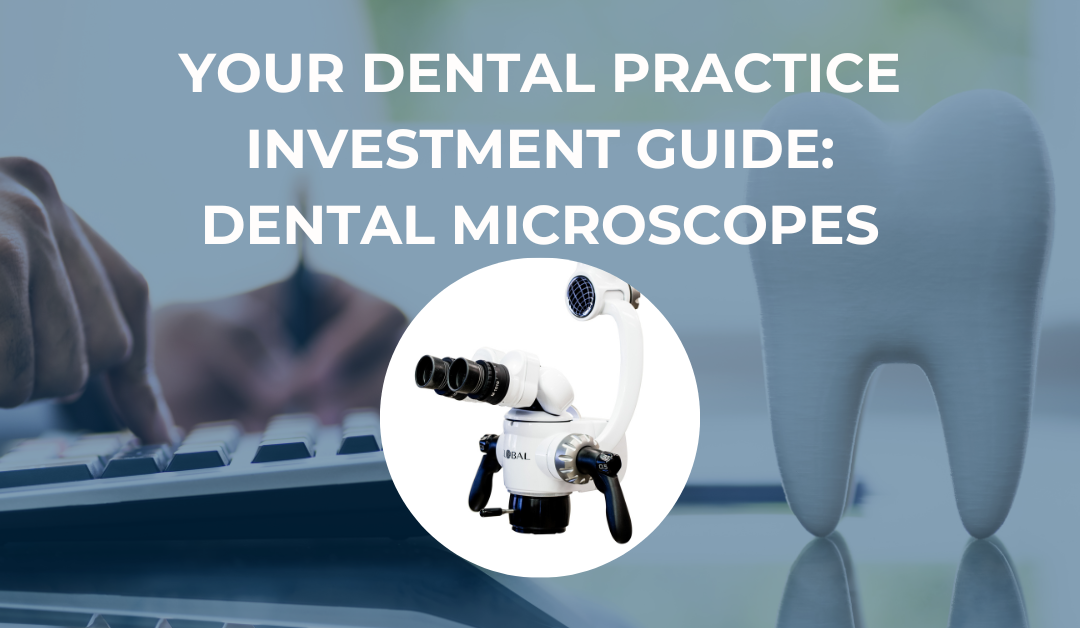
As a dental practice owner, you’re likely confronted with new investment opportunities on a regular basis. Dental technologies, in particular, have the potential to make major improvements in your patient care, such as the type and/or volume of procedures you can provide. Many of these technologies, such as dental cone beam/CBCT, are significant investments for your practice but frequently deliver on their promise for positive return on investment (ROI). If you’re considering making an investment in a new technology for your practice, you’ll likely want to research and think about the financial, workflow, training, and any additional factors that will influence your decision.
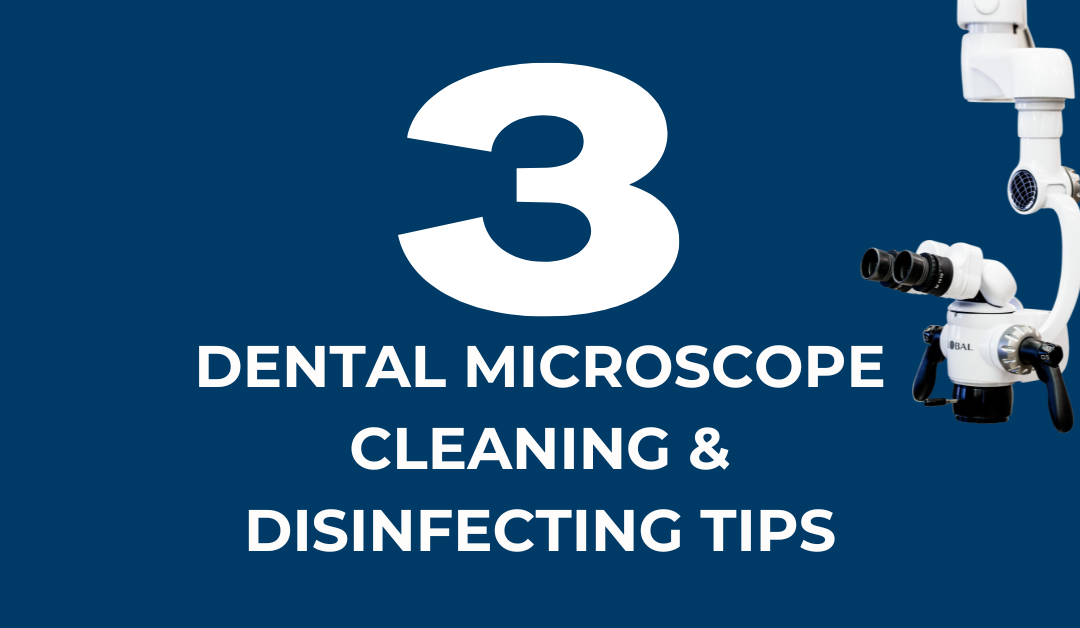
Today, dental professionals across the world are more concerned than ever about keeping their equipment clean and sanitized. This is especially top of mind between patient exams, but also necessary between work days for routine sanitization of clinical contact surfaces and other components to reduce health risks.
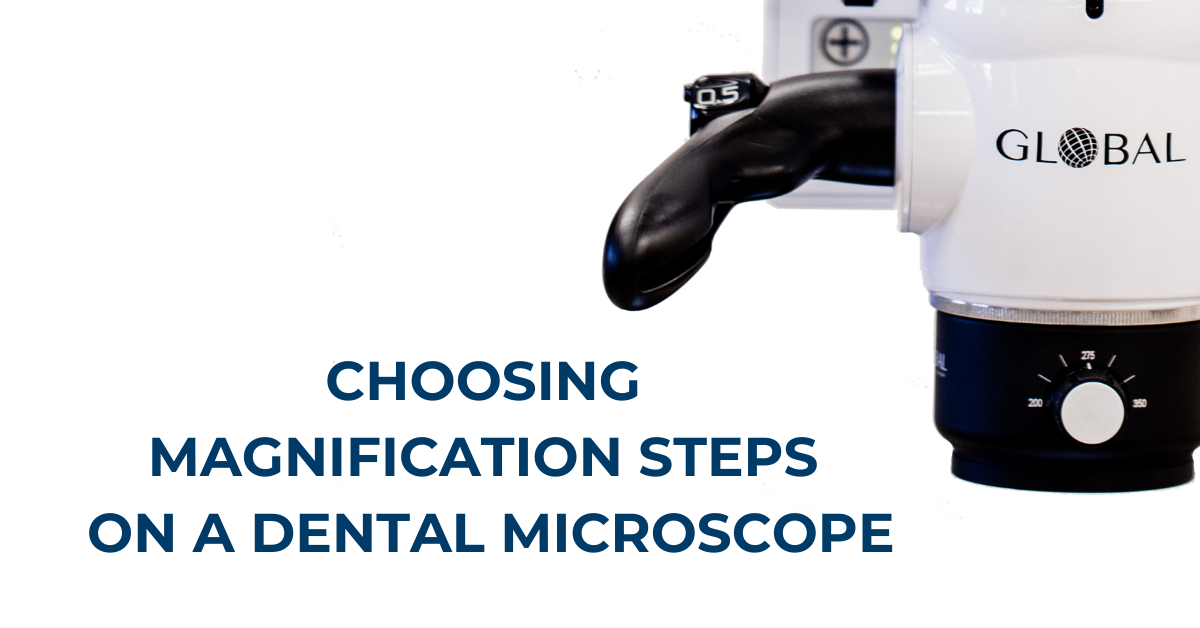
If you’ve ever had the opportunity to demo a dental microscope, you may already be familiar with the concept of magnification steps. If that term is new to you,...
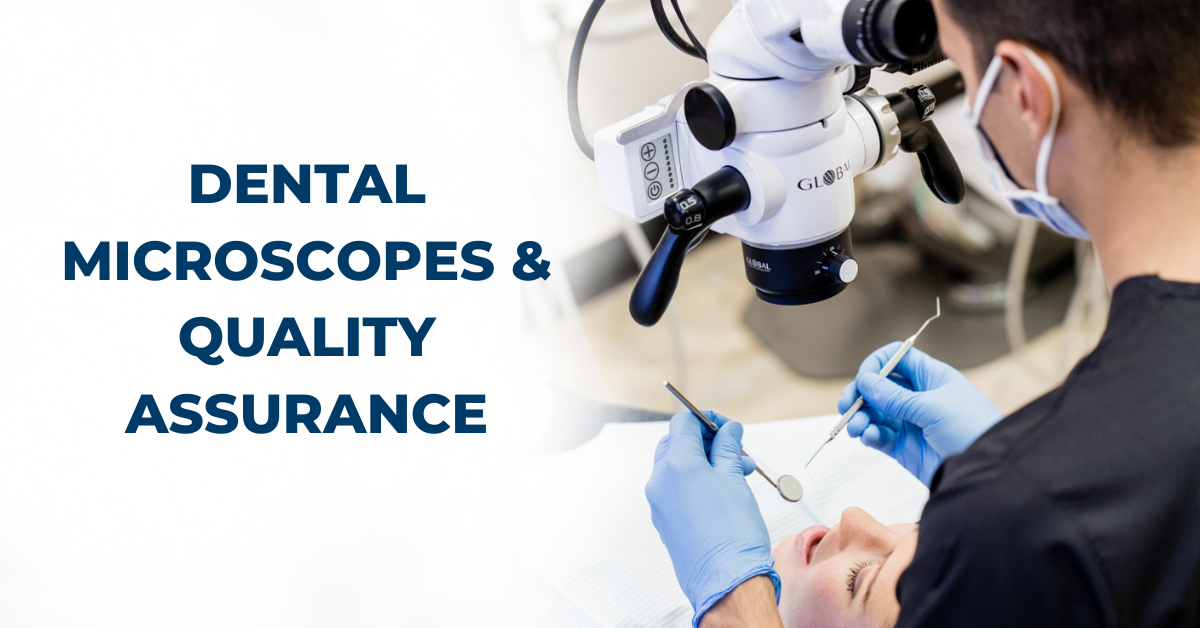
Quality assurance is a critical aspect of dental practice, ensuring that patients receive the highest standard of care. Dental microscopes have emerged as...

As a dental professional, you’ve likely experienced the physical strain that’s inherent from a long day of caring for your patients. After all, you may be...